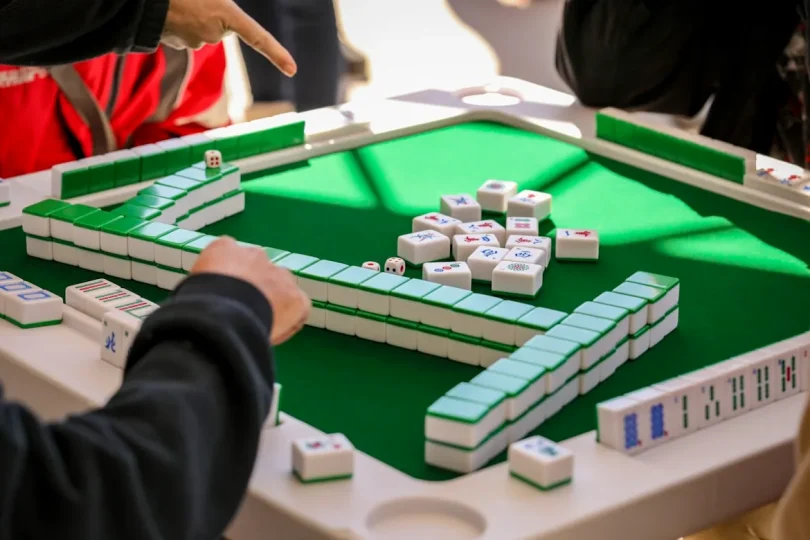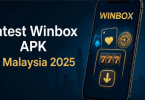Mahjong has long been a part of live gaming, people coming together to play, tiles clacking against the surface and each other, all entwined with cultural depth. But since we live in a world of internet and fast-paced video games, mahjong’s getting a new robe, one that’s digital, confident, and international. It’s being reimagined to fit digital lifestyles without losing the soul that made it timeless. After all, why let something as engaging as mahjong fade into nostalgia when modern platforms can give it a fresh stage?
Contents
Digital access
One of the most remarkable shifts is how digital platforms are democratizing access to mahjong. Since you can play at Mahjong365, you no longer need a physical table, a set of tiles, or even a group of friends nearby. The platform will find you opponents (or new friends, whichever terminology suits you better) to play with, and without waiting. Also, since it’s all based on crypto, you’d be safe and secure with your data and money.
From your phone or computer, you can log onto mahjong platform and dive into a hand-stacked game with players from around the world. It’s an elegant blend of tradition and convenience. After all, it’s comforting knowing that tradition can be delivered right where you are.
Why digital mahjong feels right for today
The secret to mahjong’s revival lies in how well it adapts to our modern habits. It’s strategic, calming, and social all at once, but in a digital format that fits seamlessly into our routines. These platforms often include helpful features like auto-arranging your tiles, handy tutorials, and customization options for different play styles. What’s more, they foster global communities, connecting players across time zones in ways the original game never could. It’s a clever reframe–classic game mechanics brought to life through networked play and intuitive UI.
Here’s a powerful indicator of how much digital mahjong is growing: the global online mahjong platform market was valued at approximately USD 2.5 billion in 2024 and is projected to more than double, reaching USD 5.8 billion by 2033, with a robust CAGR of about 9.8% from 2026 onward. It sure looks like this digital industry is booming.
Mahjong’s return is more cultural than financial. Just look at how communities are turning back to the game as a form of social reconnection. In the Bay Area, mahjong clubs and pop-up night events are becoming trendy. They’re places to unplug, meet up, and share joy. San Francisco alone has seen mahjong events surge 146% locally and 179% nationwide between 2023 and 2024. Attendees gather in vintage-style dens or community gardens, drink cocktails, learn new rule sets, and rediscover how much fun learning together can be.
Groups like New York’s Green Tile Social Club are doing something similar, building communal spaces where young adults gather, reconnect with heritage, and learn in a welcoming atmosphere. Those are the same values embedded in the game like community, tradition, playful competition, and are now amplified in modern urban settings.
Merging the classic with the contemporary
It’s striking to see how artful mahjong’s adaptation is. Developers aren’t trying to outdo action-packed modern games. Instead, they’re honoring the depth of mahjong while leveraging digital tools to enhance it. Notably, “Mahjong Soul,” a browser and app-based title, blends stylish anime visuals with classic riichi rules, even earning an anime adaptation that aired as recently as mid-2024. This fusion brings in fans of strategy, art, and storytelling in one neat package.
Beyond aesthetics, the game’s replayability and social mechanics, like in-app chat, streaming capability, and ranked matches, cater to communities that grew up watching gameplay unfold over livestreams. Mahjong may not have the flashiest graphics, but it has depth, elegance, and a surprising capacity to feel modern.
The number tell the story
If you’re wondering whether this resurgence is just hype, the numbers speak clearly: the global online mahjong market was already worth USD 1.5 billion in 2023 and, propelled by a compound annual growth rate of over 10%, is expected to reach around USD 3.5 billion by 2032. That’s a powerful testament that says that classic gameplay, retooled for today, can not just survive but thrive.
Centuries old game in new dress
It’s amazing when something centuries old finds its sweet spot in the digital age, isn’t it? Mahjong’s journey from smoky teahouses to sleek, cross-platform apps shows how tradition and innovation can harmonize beautifully. Of course, digital platforms make it easy for anyone, anywhere, to slide into a game whenever the mood strikes.
Offline gatherings add warmth and connection, while stylish adaptations like Mahjong Soul draw in entirely new audiences. The rising numbers and cultural buzz confirm one thing: classic doesn’t mean outdated. Instead, it means timeless and, when thoughtfully reimagined, enduring.







